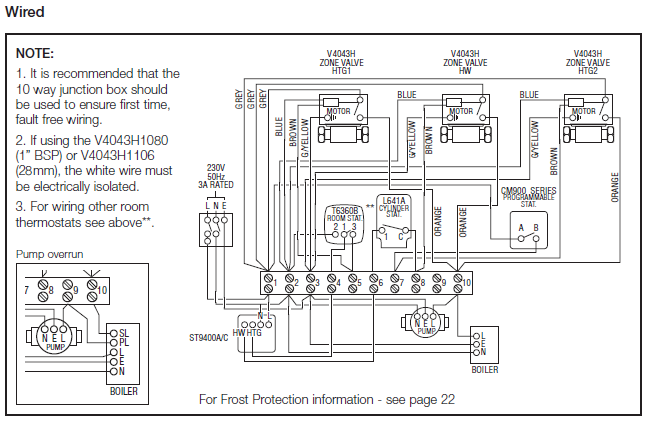

You can remove the stator support tube (the long tube in the pic) Pic 1

(That area is usually the largest spot in the car tunnel area already).ģ. You only gain some diameter room from the switch. (The original is strong enough for our purposes).Ģ. What ever I replace one with will weigh more than the original.
#Powerglide transmission crack
The powerglide bellhousings are replaced for one major reason.They are light weight and crack easily. I have forgotten so much that it takes a slight "nudge" sometimes to get an idea.ġ. (the front piston is shown on top for reference). They are larger than the forward clutch apply piston springs and can not be switched. It is used to compress the reverse apply piston so the retainer ring can be removed. Next, you will need to make one of these tools. Remove the giant circlip and remove the reverse clutches and plates. Sometimes it is also the rear pump cover too. Remove the speedo drive gear by pressing the clip and sliding it to the rear. Remove the front pump by tapping it out from inside of the case with a slim rod. Pull and the servo/shaft unit will pop out. It is under the small cover on the right/front side of the case. (left side by where the shift shaft comes out) Remove the plate that holds the shift shaft in and out thrust. Metal? Paper? Water? Smell the oil.OK or burned? The first thing to realize is that you never get all of the oil out of anything.

Tomorrow we go into the tear-down and inspection. They are stainless steel inserts that go into the factory slots and stop any future wear and provide for slick reverse clutch operation.
#Powerglide transmission upgrade
(Trans brakes wear cases there) There is an upgrade called "case-savers". Pic 4-The reverse clutches are splined directly in the aluminum transmission case. They are not pressed together, but they have oil drag so more plates mean more drag in low and high. The reverse clutches and steel plates rotate when in low and high gear. We use stock Raybestos compound for reverse. We can eliminate 2 and get by on 3 easily due to our light weight car and the ability to back up slowly and gently. It uses clutches to stop the sun gear forcing the planets to rotate backwards. Pic 3-All of those holes are for the oil trapped between the clutch plates to drain through and speeds up the shift. An upgrade to a steel hub is a good thing. The planetary comes with an aluminum center hub. We are using 6 clutch plates with the Red Racing lining. (4 to 10 of them depending on motor power) ($25)Ī high gear clutch pack locks up the planetary giving a straight through power path (high gear). Pic 2 is the standard single seal piston and our upgraded two ring model. The low band is tightened by hydraulic action against a servo (Piston). Our motor is at zero shaft RPM's when we engage low gear. Kevlar is for slip-starting cars in gear. Kevlar is not really needed or wanted for EV use. This one just removed from our victim transmission is a Kevlar lined model. Low gear is applied by a band that clamps around the forward planetary drum forcing the planets to rotate (low gear) The side case flanges have been sawed off to allow a flex-plate scattershield to fit.
#Powerglide transmission manual
It has been converted to oval track racing by a full manual valve body, removed governor and direct drive coupler. The first pic is a 4 year old TCI built "Circleglide". I prefer the 1.82 models that the racers don't like. Most all 327 and up V-8 models were the standard duty 1.72 ratio. Powerglides used in 4, 6, and 283 V-8 models were a lighter duty type and had a 1.82 low and reverse ratio. Your regen is into the dead zone by then and has shut off.) (You can regen down to 50RPM's with only a front pump. The front pump keeps pressure up and the transmission stays in gear clear down until about 50 RPM's. There is no special advantage to a rear pump model, as we will not be "Push starting". (no cast iron models are used) Reserve the air cooled ones for lighter vehicles as The fluid cooling path was deleted in them so they can not be converted for heavy vehicle use without some bother. This one is just for the technical side.īasically any aluminum cased Powerglide will work. The Powerglide whys and wherefores have already been discussed in great length in several other threads. This thread is to document the modifications and rebuilding of a Powerglide transmission when used in an Electric vehicle application. Thank you Photobucket for the EV community! EDIT it appears that Photobucket decided to allow photos to be used without me paying a fee.


 0 kommentar(er)
0 kommentar(er)
